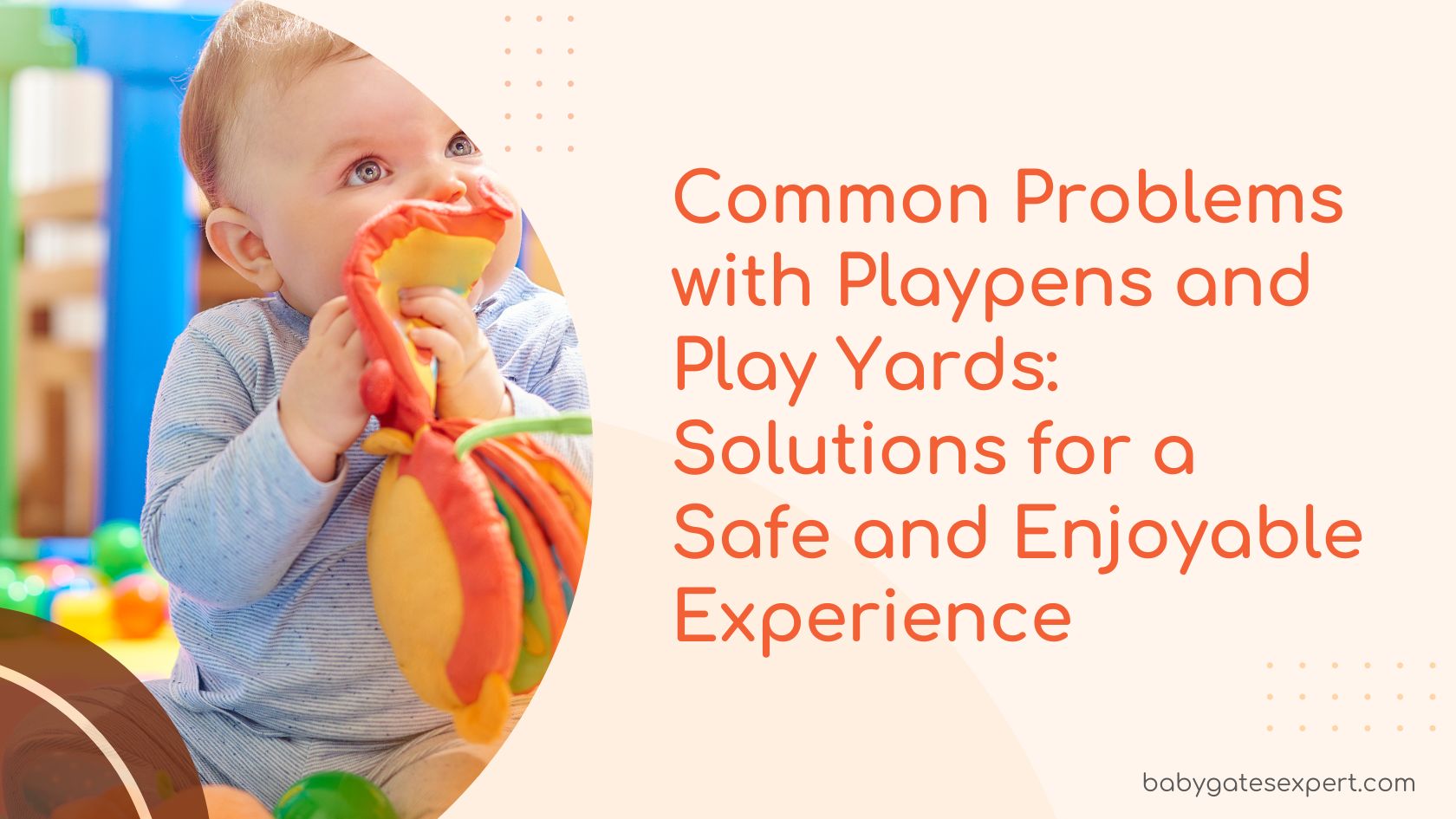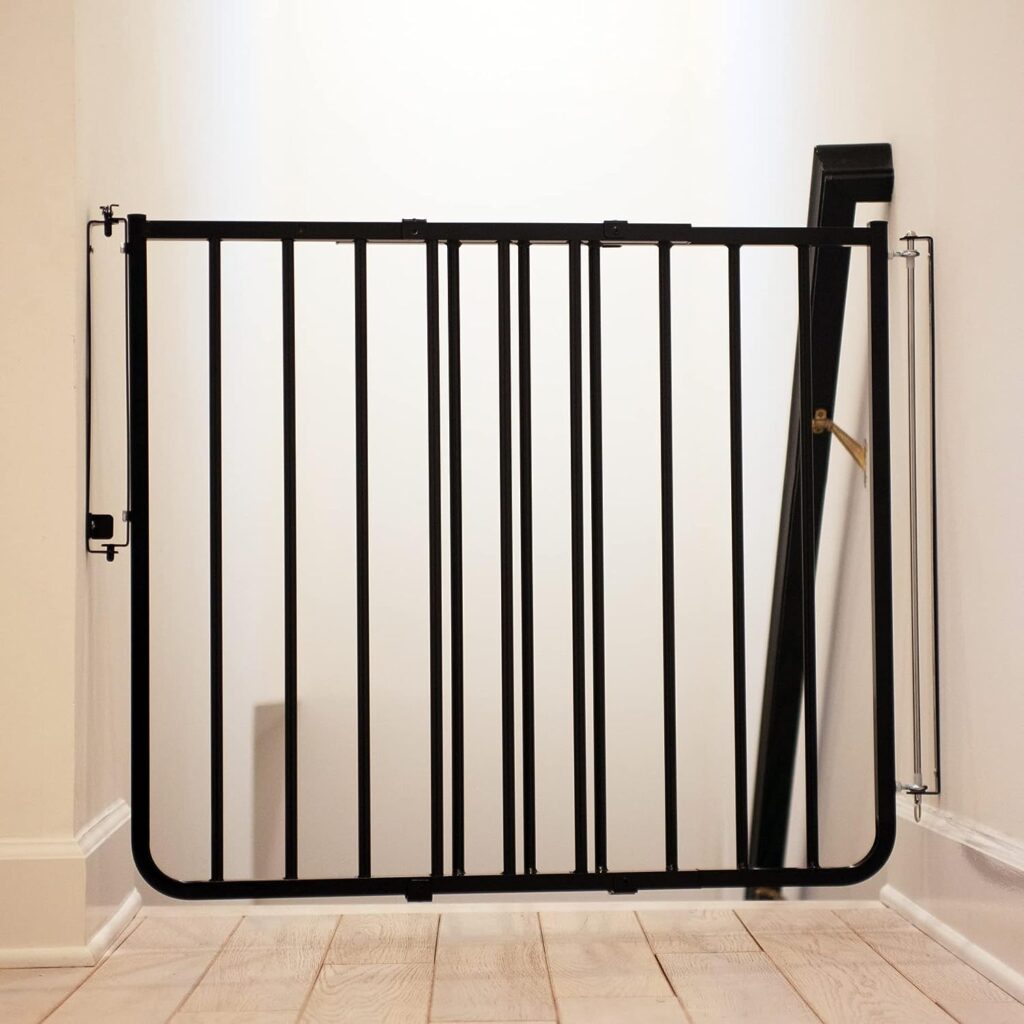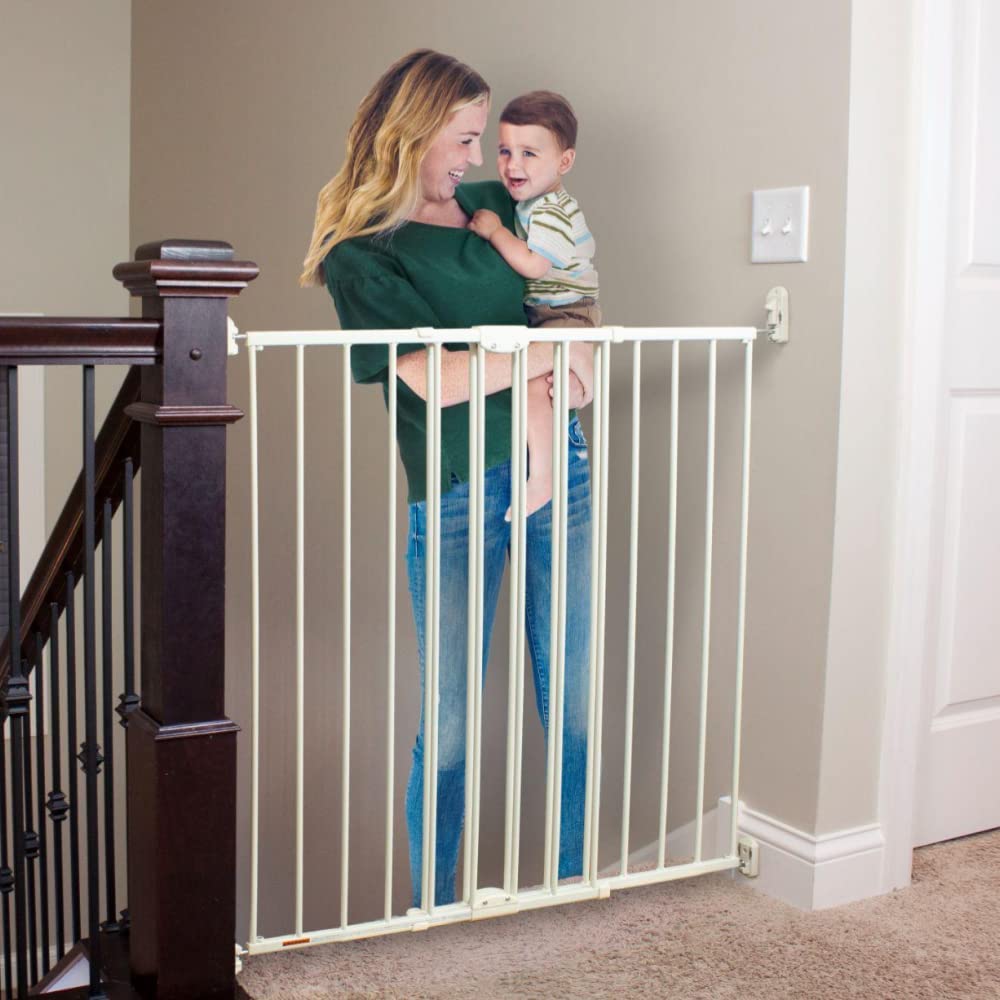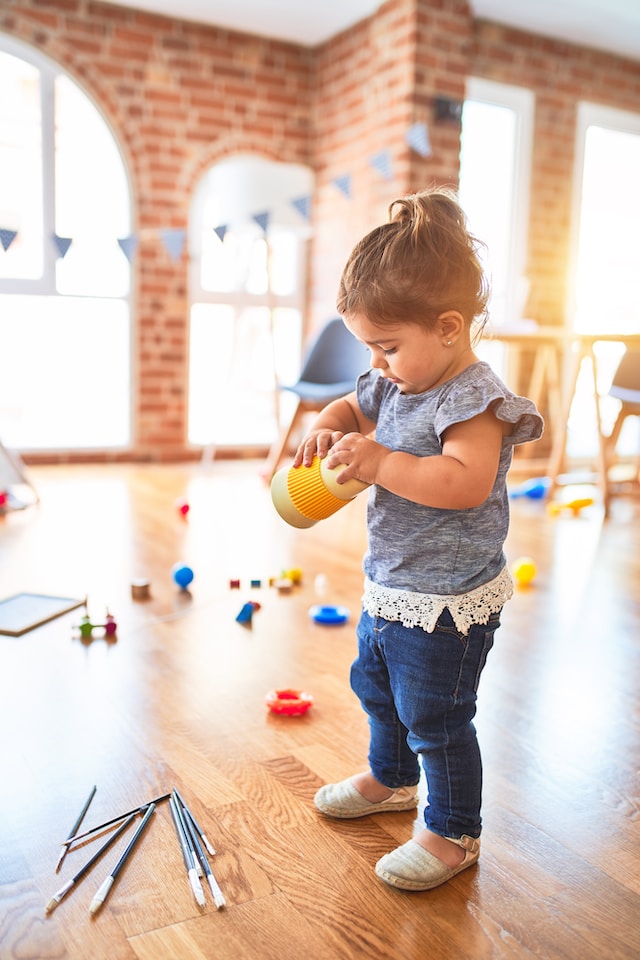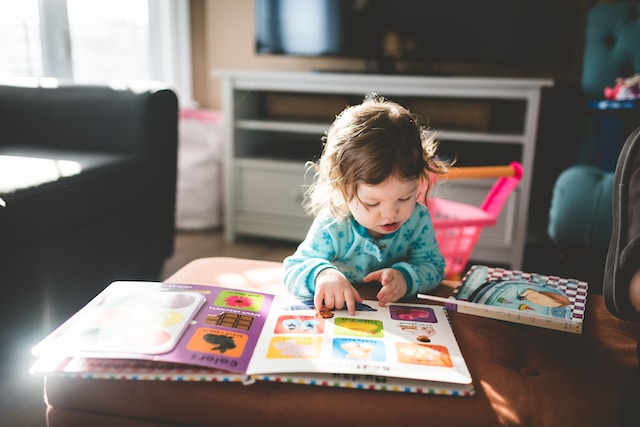Playpens and play yards are valuable tools for parents, offering a secure space for babies and toddlers to explore while providing caregivers with some peace of mind. However, like any child-related product, playpens can sometimes present challenges. In this comprehensive guide, we will explore common problems with playpens and play yards, and provide detailed solutions to ensure a safe and enjoyable experience for both you and your child.
Problem #1: Assembly and Disassembly Woes
One of the first obstacles parents face with playpens is the assembly process. It’s not uncommon to feel overwhelmed by the various components and instructions provided. Likewise, disassembling the playpen for storage or transport can be equally perplexing. To tackle this issue, follow these steps:
Carefully Read the Manual: Before starting the assembly process, take the time to thoroughly read the instruction manual. Familiarize yourself with each step, ensuring you have a clear understanding of how the playpen should be set up.
Practice Makes Perfect: Assemble and disassemble the playpen a few times before using it with your child. This practice will help you become more confident in the process and reduce frustration when setting it up in a hurry.
Look for User-Friendly Models: Some playpens are designed with user-friendly features that simplify assembly and disassembly. Look for models with clearly marked connectors, colour-coded parts, and intuitive mechanisms.
By following these steps, you can overcome the challenge of setting up and folding down your playpen efficiently, making it a hassle-free experience.
Problem #2: Insufficient Space
While playpens provide a designated area for your child to play safely, some parents find that the provided space can feel limiting, especially as their child becomes more active. To address this concern, consider the following solutions:
Opt for Adjustable Models: Look for playpens with adjustable dimensions. Some models allow you to expand the playpen’s size by adding extra panels. This flexibility can provide your child with more room to explore.
Outdoor Extensions: If you’re using a play yard outdoors, consider purchasing an outdoor extension kit. These kits often include additional panels, allowing you to create a larger play area in your yard.
Rotate Toys: To maximize the space within the playpen, rotate your child’s toys regularly. This will keep the playpen’s contents fresh and engaging, encouraging your child to stay entertained within the limited space.
By choosing a playpen with adjustable features and employing creative strategies, you can ensure that your child has enough room to move around and play comfortably.
Problem #3: Portability Predicaments
Portability is a crucial factor for many parents, as it allows them to move the playpen from room to room or even take it along when traveling. If your playpen lacks portability, here’s how you can overcome this issue:
Select Lightweight Models: When it’s time to choose a playpen for your child, prioritize models that offer lightweight construction for enhanced usability. Opt for playpens crafted from lightweight materials such as aluminum or fabric. These materials not only contribute to a reduction in overall weight but also ensure durability. A lightweight playpen facilitates effortless portability, allowing you to create a secure play area wherever you go.
Foldable Design: Streamline your parenting experience by selecting a playpen with a foldable design. The beauty of a foldable playpen lies in its adaptability. Look for models that can effortlessly collapse into a compact shape for both storage and transport. Some playpen options even provide dedicated carrying cases, adding an extra layer of convenience to your daily routine. This foldable feature ensures that you can create a safe play area for your child when needed and tuck it away efficiently when not in use.
Wheels or Handles: In the realm of playpen considerations, mobility is key. Opt for playpens equipped with wheels or handles to enhance your parenting agility. This practical feature proves to be invaluable when you’re seeking to move the playpen around the house while tackling other responsibilities. Whether you’re preparing meals or managing household tasks, the inclusion of wheels or handles ensures that you can maintain visual contact with your child at all times. This capability becomes especially useful when you need to balance supervision with attending to daily chores.
By considering these factors when selecting a playpen, you can ensure that it’s easy to transport and move around according to your needs.
Problem #4: Lack of Visual Appeal
Plain and uninspiring playpens might not capture your child’s attention or spark their curiosity. To address this problem, seek out playpens with features that engage and entertain:
Built-in Toys: Embrace the convenience of modern playpens that incorporate built-in toys and activities into their design. These engaging features can captivate your child’s attention for extended periods. Inside the playpen, you’ll find an array of interactive elements such as spinners, sliders, mirrors, and more. These captivating toys contribute to your child’s cognitive and sensory development while providing entertainment and exploration opportunities.
Why Built-in Toys Matter: Playpens with built-in toys offer a dynamic play environment that encourages independent play and discovery. As your child engages with these interactive features, they develop fine motor skills, hand-eye coordination, and spatial awareness. This not only provides valuable learning experiences but also keeps your child engaged and entertained within the safety of the playpen.
Colorful Patterns: When it comes to creating an inviting play space, aesthetics play a significant role. Opt for playpens adorned with vibrant and colorful patterns that resonate with your child’s visual preferences. These bold patterns are more than just visually pleasing; they have the power to stimulate your child’s senses and create an engaging atmosphere.
The Power of Patterns: Colorful patterns can capture your child’s imagination and encourage exploration. Vibrant colors and patterns are known to stimulate cognitive development, enhancing your child’s ability to differentiate between shapes, sizes, and colors. By selecting a playpen with eye-catching patterns, you’re not only creating an appealing visual environment but also supporting your child’s cognitive growth.
Attachable Toys: Flexibility is key when it comes to playpen customization. If your chosen playpen doesn’t come with built-in toys, you can easily enhance its play potential by attaching soft toys or activity centers to the playpen’s walls. This personalized touch allows your child to interact with toys they love while remaining safely within the confines of the playpen.
Creating a Personalized Play Zone: By attaching toys to the playpen, you’re curating a play zone tailored to your child’s interests. Soft toys, rattles, and sensory toys can be easily fastened to the playpen’s sides, providing your child with tactile, auditory, and visual stimulation. This customization not only keeps your child engaged but also fosters a sense of familiarity and comfort within the playpen.
By selecting a playpen with engaging features, you can capture your child’s interest and make the playpen an exciting place for exploration and play.
Problem #5: Cleaning Conundrums
Children are known for making messes, and playpens are no exception. To address the challenge of keeping your playpen clean, follow these tips:
Removable and Washable Fabrics: Look for playpens with removable and machine-washable fabrics. This feature makes it easy to clean up spills, stains, and messes caused by your little one.
Easy-to-Wipe Surfaces: Choose playpens with surfaces that are easy to wipe down. Plastic or rubberized materials can be quickly cleaned with a damp cloth, making maintenance a breeze.
Regular Cleaning Routine: Establish a regular cleaning routine for the playpen. Wipe down surfaces after each use and give it a thorough cleaning at least once a week to maintain a hygienic environment for your child.
By selecting a playpen with easy-to-clean features and adopting a consistent cleaning routine, you can keep the playpen tidy and safe for your child to enjoy.
Problem #6: The Escape Artist
As your child grows and becomes more curious, they might attempt to climb out of the playpen. This can be a safety concern, but there are ways to prevent it:
Higher Walls: Look for playpens with higher walls that are difficult for your child to climb over. Some models even have adjustable wall heights to accommodate your child’s growth.
Mesh Sides: Playpens with mesh sides allow your child to see beyond the playpen, reducing the temptation to climb. The mesh provides ventilation and visibility without compromising safety.
Supervision: Always supervise your child while they are in the playpen. Regular interaction and playtime with your child can discourage them from attempting to escape.
By selecting a playpen with escape-prevention features and maintaining vigilant supervision, you can ensure your child’s safety and discourage any climbing attempts.
Problem #7: Safety Concerns
Safety is paramount when it comes to playpens. To address safety concerns, consider the following solutions:
Certified Products: Choose playpens that meet safety standards and have relevant certifications. Look for safety certifications from recognized organizations.
Check for Gaps: Regularly inspect the playpen for gaps or openings that could pose a hazard. Ensure that the playpen’s walls and components are securely attached and free from sharp edges.
Avoid Placing Near Hazards: Position the playpen away from furniture, cords, or other potential hazards that your child could use to climb or pull on.
By prioritizing safety, you can create a secure environment for your child to play and explore within the playpen.
Problem #8: Rejection of the Playpen
It’s not uncommon for children to resist being placed in a playpen, especially if they associate it with confinement. To overcome this challenge and make the playpen a positive space, try the following strategies:
Positive Association : Gradually introduce your child to the playpen in a positive way. Place their favourite toys, soft blankets, and comfort items inside the playpen to create a cozy and inviting atmosphere.
Interactive Play : Spend time playing with your child in the playpen. Engage in fun activities, read stories, and play games to make the playpen an enjoyable and interactive environment.
Rotate Toy : Keep the playpen interesting by regularly rotating the toys and activities available to your child. This novelty can keep them engaged and curious about their play space.
By creating a positive association and fostering interactive play within the playpen, you can help your child view it as a place of fun rather than confinement.
Problem #9: Outgrowing the playpens
Children grow quickly, and a playpen that once provided ample space can start to feel cramped as your child becomes more active. To address this issue, consider the following solutions:
Transition to a play yard: Your child has outgrown the playpen, consider transitioning to a play yard. Play yards are typically larger and provide more room for your child to move around and explore.
Designated Play Area: If you’re using a playpen primarily for safety, consider designating a larger play area using baby gates. This allows your child to have more space while still maintaining a safe environment.
Create Play Zones: Within the playpen or play yard, create different play zones with various activities. For example, one corner can be dedicated to reading, while another can have building blocks or a small play kitchen.
By adapting to your child’s changing needs and providing them with appropriate play spaces, you can ensure they continue to enjoy their playtime while staying safe.
Conclusion of Common Problems with Playpens and Play Yards
Playpens and play yards are versatile tools that can provide a safe and engaging environment for your child to play and explore. By addressing common challenges and employing practical solutions, you can enhance your child’s playpen experience and create lasting memories of fun and discovery. From assembly to safety, space constraints to rejection, there are solutions for every problem that may arise. Remember that each child is unique, so tailor these solutions to meet your child’s specific preferences and developmental milestones. With the right approach, your playpen can become an essential tool in your parenting journey, promoting both safety and enjoyment for your little one.
In summary, playpens and play yards offer caregivers a way to create a secure space for their children to play and explore. By understanding the common problems associated with these products and implementing the provided solutions, parents can ensure a positive and safe experience for their children. From addressing assembly challenges and space limitations to enhancing portability and engaging the child’s senses, there are various ways to overcome these obstacles. Additionally, ensuring the playpen is clean, safe, and age-appropriate can contribute to a more enjoyable playtime.
As parents, it’s important to adapt to the changing needs of your child. If a playpen becomes too small, transitioning to a larger play yard or creating designated play zones can accommodate their growth and interests. By promoting positive associations with the playpen, encouraging interactive play, and maintaining vigilance, parents can foster a sense of security and enjoyment for their child within the playpen’s boundaries.
In conclusion, playpens and play yards can be wonderful tools when used effectively. By recognizing potential challenges and implementing the suggested solutions, parents can create a safe and enjoyable space for their child’s exploration and play. As your child grows and develops, their playpen experience can evolve to meet their changing needs, ultimately contributing to a positive and enriching environment that supports their growth and development.
Looking for the best playpens and play yards? We can help you with our extensive overview.

